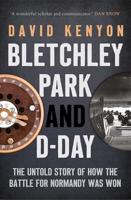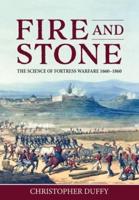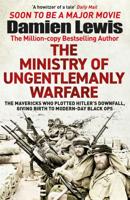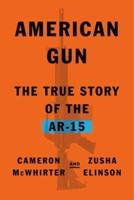Publisher's Synopsis
*Weaves the lives and careers of all 4 generals into one entertaining and educational narrative.
*Includes maps of important battles like Antietam and Gettysburg.
*Includes pictures of the generals and important people, places, and events in their lives.
*Includes descriptions of Pickett's Charge written by George Pickett, James Longstreet, and Porter Alexander.
*Includes a Bibliography for further reading.
Despite the fact that the Civil War began over 150 years ago, it remains one of the most widely discussed topics in America today, with Americans arguing over its causes, reenacting its famous battles, and debating which general was better than others. Americans continue to be fascinated by the Civil War icons who made the difference between victory and defeat in the war's great battles.
Of all those battles, the most famous and controversial is Gettysburg, and debate still rages over the climactic attack on the final day, when Army of Northern Virginia commander Robert E. Lee decided over the protests of his principal subordinate James Longstreet to make an assault on the center of the Union line, now known as Pickett's Charge.
Lee is remembered today for constantly defeating the Union's Army of the Potomac in the Eastern theater from 1862-1865, considerably frustrating Lincoln and his generals. His leadership of his army led to him being deified after the war by some of his former subordinates, especially Virginians, and he came to personify the Lost Cause's ideal Southern soldier. But of all the battles Lee fought in, he was most criticized for Gettysburg, particularly his order of Pickett's Charge on the third and final day of the war.
One of the most important, and controversial, Confederate generals during the Civil War was Lieutenant General James Longstreet, the man Robert E. Lee called his "old war horse." Longstreet was Lee's principal subordinate for most of the war, ably managing a corps in the Army of Northern Virginia and being instrumental in Confederate victories at Second Bull Run, Fredericksburg, and Chickamauga. Longstreet was also effective at Antietam and the Battle of the Wilderness, where he was nearly killed by a shot through the neck. However, it was his performance at Gettysburg and arguments with other Southern generals after the Civil War that tarnished his image.
Before July 3, 1863, George Pickett was best known among his comrades for finishing last in his class at West Point, being a jocular but courageous soldier, and his carefully perfumed locks. As part of West Point's most famous Class of 1846, Pickett was classmates with men like Stonewall Jackson and George McClellan, but today he is remembered almost solely for the charge that has taken his name.
The same could be said of Porter Alexander, who was in charge of the 1st Corps' guns at Gettysburg until Lee tasked him with conducting the artillery bombardment before Pickett's Charge. What resulted was the largest sustained bombardment of the Civil War, with over 150 Confederate cannons across the line firing incessantly at the Union line for nearly 2 hours. Alexander would later heavily criticize Lee for ordering the charge.
The Men Who Ordered Pickett's Charge profiles the lives, careers, and legacies of the four generals who commanded the famous attack, looking at their entire Civil War records, their relationships with each other, and more. Along with maps of battles and pictures of important people, places, and events, you will learn about Lee, Longstreet, Pickett and Porter Alexander like you never have before.









